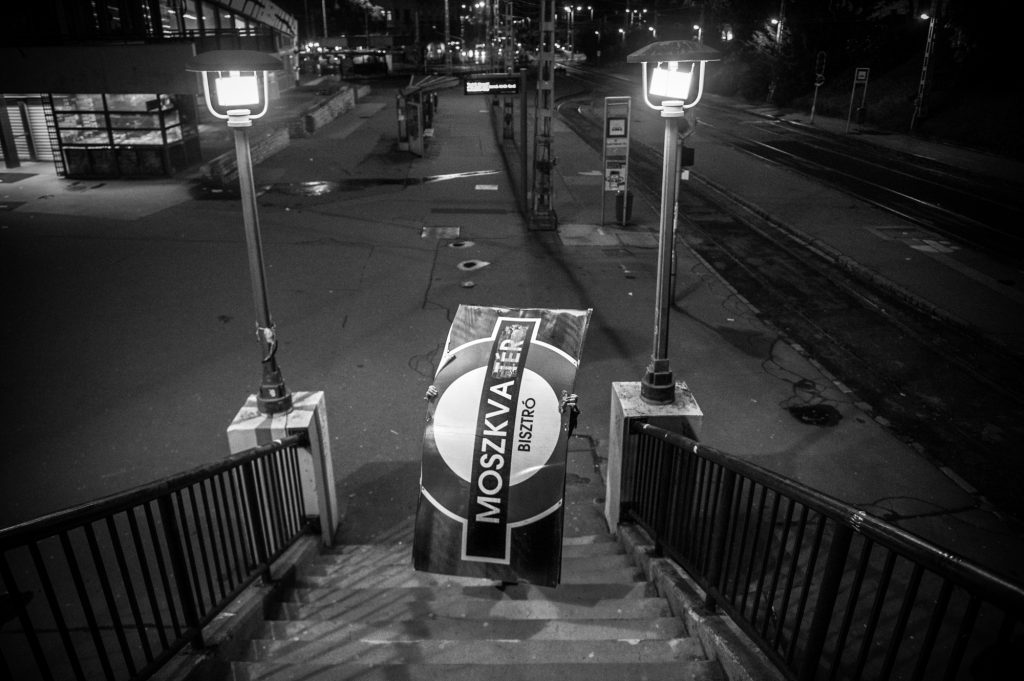Moscow Square
I discovered Moszkva tér (a public square and busy transportation hub in Budapest that literally translates to Moscow Square) in the mid-nineties and ever since I have the feeling that nothing has changed here. Time has seemingly stopped.
Those crossing the square are witness to a contradiction between the square itself and its surroundings. Over the last decade, the market of Fény Street underwent some changes and became more modern; also, a mall was built on Széna Square, and more and more apartment facades got their old splendor back in the neighboring streets. In the meantime, the square itself has not changed in decades: it is still a cold, windy, and rather unfriendly transportation node.
This gate to mid-Buda is a city within the city. In a much narrower sense, however, passers-by use it for two reasons: to transfer or to meet with somebody. Hundreds of thousands of people force their way through the crowd, regardless of their morning fatigue or tiredness by the afternoon. They move around without seeing, hearing or paying attention to each other; there is only coarseness, rush, indifference, misery, grief, and noise. For most, this space is nothing but a dreadful mass of people with trams; it is but an ugly mole on the face of the city.
In recent years the place got its original name back, Széll Kálmán Square (but for many it is still Moszkva Square), and then began the long process of renovating it from being a communist-era eyesore to becoming a modern-day transportation hub. Finally, this central plaza is now a part of Budapest’s modern city scene.






























































